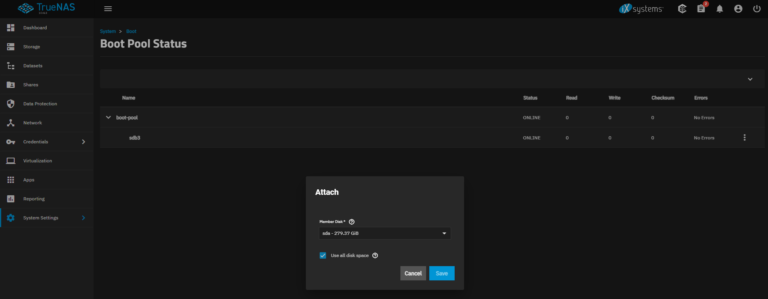http://directwebremoting.org/dwr/index.html
DWR is a Java library that enables Java on the server and JavaScript in a browser to interact and call each other as simply as possible.
DWR is a RPC library which makes it easy to call Java functions from JavaScript and to call JavaScript functions from Java (a.k.a Reverse Ajax).
It has a large user-base, active mailing list and has been used in many projects.
DWR has a number of features like call batching, marshalling of virtually any data-structure between Java and Javascript (including binary file uploading and downloading), exception handling, advanced CSRF protection and deep integration with several Java server-side technologies like Spring and Guice.
The first diagram shows how DWR can alter the contents of a selection list as a result of some Javascript event.

Reverse Ajax (available since DWR version 2.0) allows Java code running on the server to find out what clients are viewing certain pages, and to send to them JavaScript, generated either manually or using a Java API. These JavaScript generating APIs generally match a client-side APIs.

DWR consists of two main parts:
- A Java Servlet running on the server that processes requests and sends responses back to the browser.
- JavaScript running in the browser that sends requests and can dynamically update the webpage.
DWR works by dynamically generating Javascript based on Java classes. The code does some Ajax magic to make it feel like the execution is happening on the browser, but in reality the server is executing the code and DWR is marshalling the data back and forwards.
This method of remoting functions from Java to JavaScript gives DWR users a feel much like conventional RPC mechanisms like RMI or SOAP, with the benefit that it runs over the web without requiring web-browser plug-ins.
For details on how to get started with DWR see the getting started guide and download instructions.


